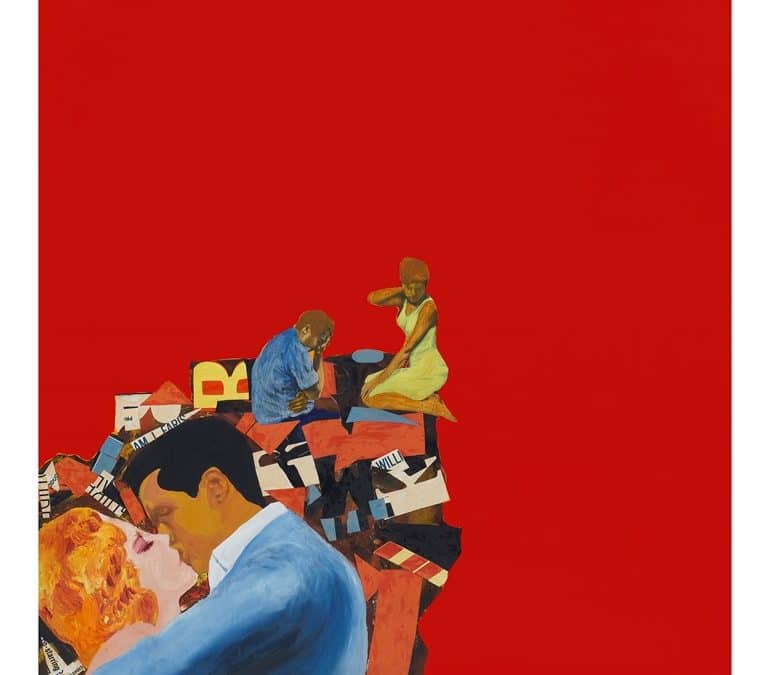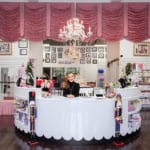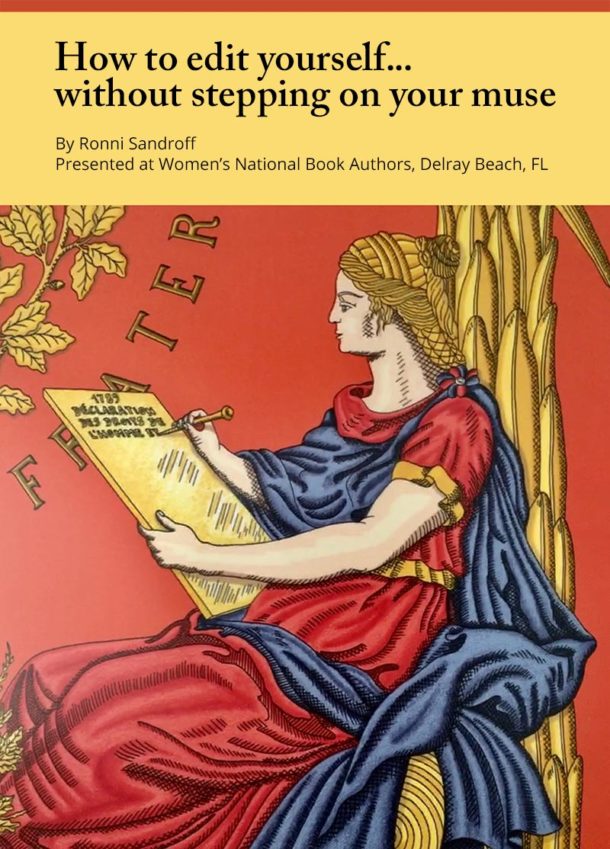“I was a good-fellow and I appreciated Andy Warhol and Roy Lichtenstein,” Drexler said. “When I was in the company of artists, I didn’t mention myself.” Unfashionably for the times, Drexler’s canvases were warm with feelings, often uneasy ones. “Emotional content was a no no for Warhol and Lichtenstein,” she said. “There were a lot of drugs. Everything was marvelous. They managed to have no pain but only images of it.” As an artist, playwright (she won three Obie awards), writer, wife and mother, Drexler says she didn’t have time for drugs. And she believes pain is important for art.Her powerful “Marilyn Pursued by Death,” 1963, is frightening, and one of a very few Marilyn images that do not now seem exploitative. Like Warhol, Drexler appropriated images; hers came from movie posters, sports illustration and television. “A real thing happens so it can be appropriated as a reminder,” she said.Another gripping painting is a grim reminder of the “Death of Benny “Kid” Paret 1963,” a Cuban welterweight boxer who died from injuries sustained in a televised match. The painting consists of six small televised shots of the boxing match against a black background which seem to capture the sinister action as well as the flashing of the tv screen.Her process was to find an image that interested her and work it up on different size canvases. “The size also works emotionally on the subject matter,” she said. She made collages and painted in vivid colors over and around the images. “The image lives more when I paint over it,” she said, “The intent is mine.”Its hard to know how seriously to take Drexler’s discussion of “The Dream,” a work that pairs a rageful movie-poster gorilla and a terrified brunette. “A beast can have love for a creature,” she said. “The woman is terrified, the gorilla is an action guy. Its about violence and love, and forbidden love.” Then she noted: “I was always an outsider laughing at my own ideas.”
The irrepressible Ms. Drexler, now 89, talked at DIALOG with Christopher Bedford from the Rose Art Museum in Waltham, MA. The museum will be hosting a retrospective of her work, “Rosalyn Drexler: Who Does She Think She Is?” from Feb 12-June 5, 2016.
Garth Greenan, Director, Garth Greenan Gallery, New York that displayed Drexler’s work in Art Basel’s Survey sector, said it was the perfect platform for overlooked or under-appreciated artists, and that Drexler’s work seems to be finally getting the recognition it deserves and is being placed with major institutions.






